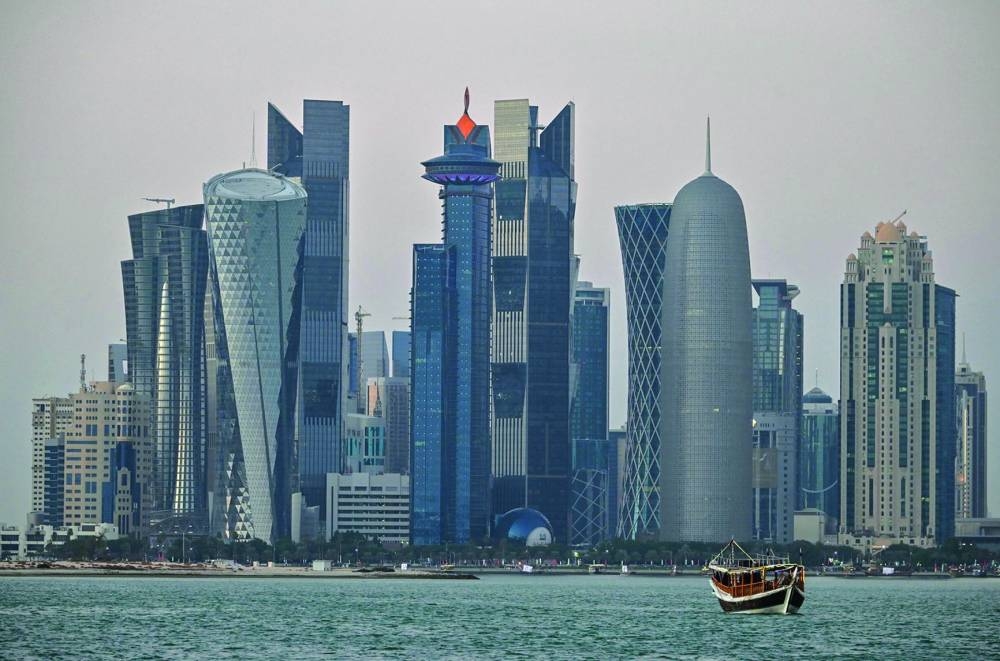Qatar's GDP growth is projected to accelerate in 2024, FocusEconomics said and noted the country's energy sector investment — in both renewables and fossil fuels - as well as tourism sector, will boost momentum.
GDP growth is projected to accelerate this year from 2023 despite lingering below the average of the Mena region.
A strengthening tourism sector and improved relations with neighbouring countries will also boost momentum, FocusEconomics said in its latest country report.
FocusEconomics panellists see Qatar’s GDP expanding 2.3% in 2024, which is down by 0.2 percentage points from one month ago, and expanding 3.6% in 2025.
According to FocusEconomics, Qatar’s GDP will scale up from an estimated $232bn to $301bn in 2028. Next year, it may total $245bn, $265bn in 2026 and $285bn in 2027.
GDP per capita has been projected to scale up to $101,627 in 2028 from $80,015 this year. Next year, it may total $84,018, $90,292 in 2026 and $96,770 in 2027.
GDP grew at a modest rate in the first six months of 2023, and available data suggest a similar pace of expansion in the third quarter.
Energy output shrank year on year in August for the first time since January, and the government issued fewer construction permits in the third quarter (Q3) than in the same period a year earlier.
More positively, non-oil business activity rose robustly from the prior quarter, according to PMI data.
In addition, visitor arrivals shot up 78% to rise above pre-pandemic levels. Turning to Q4, available data is downbeat.
Energy output tanked at the sharpest speed since February 2022 in October, while non-oil business conditions came close to stagnating.
Inflation dropped to 1.3% in November from 2.5% in October last year.
“Average inflation is projected to cool in 2024 from 2023 on a tougher base effect and the lagged impact of past interest-rate hikes. That said, the riyal’s peg to the US dollar will add upward pressure, given that the dollar is set to depreciate ahead,” FocusEconomics noted.
FocusEconomics panelists see consumer prices rising 2.2% on average in 2024, which is unchanged from one month ago, and rising 1.9% on average in 2025.
The Qatar Central Bank (QCB) has kept interest rates unchanged since hiking the overnight lending rate from 6% to 6.25% in late July (2023), following the US Federal Reserve’s same-sized hike.
“Interest rates are expected to decline in 2024 in line with monetary easing by the Fed,” FocusEconomics said and noted its panellists see the overnight lending rate ending 2024 at 5.25% and ending 2025 at 4.17%.
Qatari riyal’s peg (at QR3.64 per USD) is likely to remain in place over the researcher’s forecast horizon to 2028, given the economic stability it provides and the fact that Qatar has ample international reserves to defend it.
The country’s public debt (as a percentage of GDP) will drop from an estimated 40.4% this year to 35.5% in 2028. Next year, it may be 38.8%, 39.5% in 2026 and 36.6% in 2027.
The unemployment rate in Qatar (as a percentage of active population) will remain at a meagre 0.2% this year and in 2025 and may drop to 0.1% in 2026, FocusEconomics noted.


